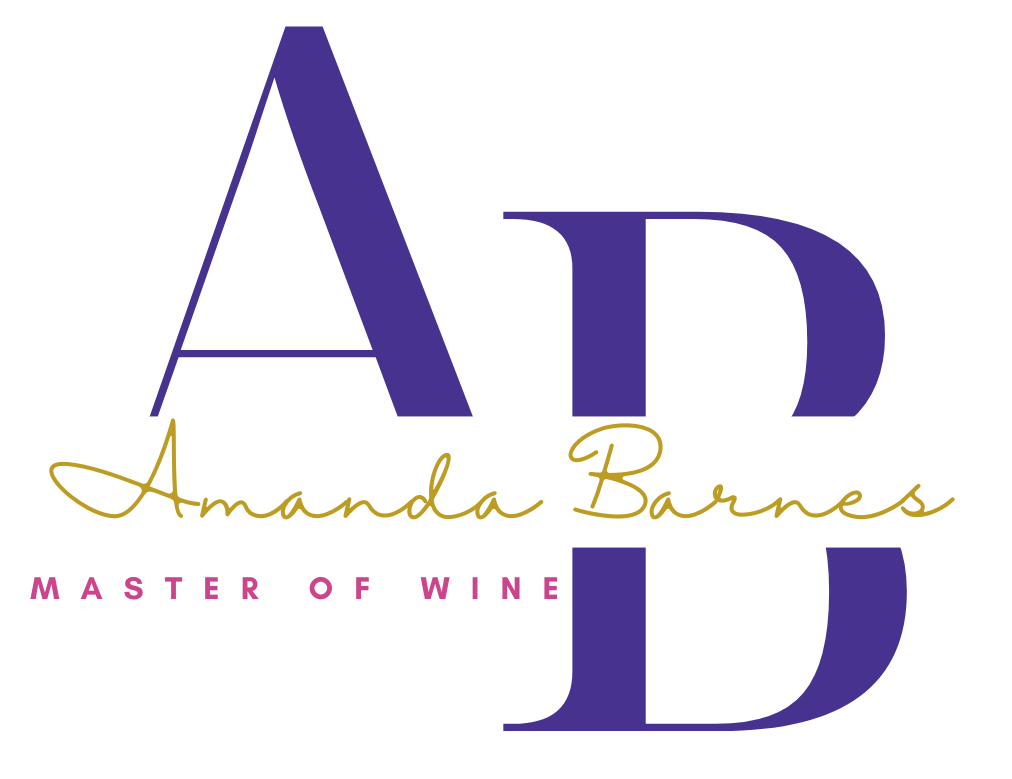Do your research
If you really want to appear like a pro to the rest of the room, do your research beforehand. Most fine dining restaurants have a wine list and menu available online, so scope out potential wines for the meal and identify any dishes that present wine pairing triumphs or hazards ahead of time.
If there’s no wine list available online, begin by thinking about possible cuisine pairings. Is the restaurant known for its oysters and shellfish? Dry sparkling and white wines are a good place to start. Are you heading out for a curry night? Aromatic off-dry whites, such as Riesling and Gewürztraminer, would offer an easy pairing; or for heavier meat curries perhaps a juicy Gamay or a spicy Grenache-Shiraz-Mourvèdre blend. Plan ahead and you’ll save time hesitating at the dinner table.
Don’t fall into the second-cheapest pitfall
It’s the worst cliche on the first date: picking the second cheapest bottle on the list. One of the oldest tricks in the book, this move won’t woo your dinner companion and the restaurateur has most likely already cottoned-on. Restaurants mark their wines up anywhere between 50% and 400% – and many charge a bigger margin on their cheapest, and certainly their second-cheapest wine. You can usually count on an inverse relationship between restaurant price and the margin: the more you pay, the smaller the mark-up ratio.
A smart wine buyer will look at which wines offer greater value within their category. For example if you find a Muscadet Sur Lie for £35, you know you’re likely getting swindled; whereas if you find a Condrieu AOC for £35, chances are you’ve found an absolute steal. Eye up the wine list, assess the price and think about how it compares to its retail value outside the restaurant doors. If this is a special occasion, paying that extra bit more will likely secure you much more quality in the glass.
-
Do consider what you are eating – and what everyone else is
-
Don’t panic
-
Do learn how to talk to a sommelier
Read the other tips on Decanter

